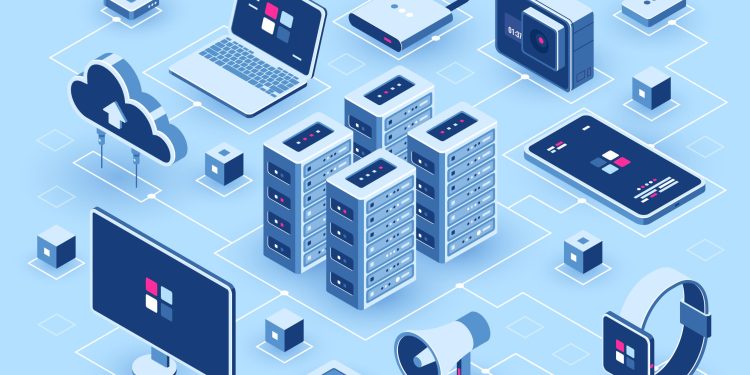This NYT article suggests that the large banks are tiptoeing to the cloud, but the reality is that most are moving as fast as they can. Any perceived tiptoeing is likely because the current IT infrastructure within the bank makes the transition difficult or because the major cloud providers struggle to implement the redundancy and security needed to address the concerns expressed by banks and regulators. The benefits of moving to the cloud are clear: it offers greater efficiency and lowers the effort to adopt new solutions. However, the article could do a better job explaining the difference between the various cloud deployment modes (public, private, hybrid, multi) versus the service type (Software as a Service, Platform as a Service, or Infrastructure as a Service) as most of these were presented as if there was no difference:
“Banks see huge potential for cloud technology to make their systems faster, more nimble and responsive to the needs of their customers. Consumer banks can develop cloud-based tools to quickly introduce new features in mobile banking apps or detect fraud. Lenders can use the cloud to process loan applications and analyze underwriting decisions for everything from mortgages to corporate borrowing. They can use machine learning to detect money laundering. When volumes spike in financial markets, traders can use extra computing power to analyze price movements and handle bursts of client activity. Still, the banking industry has been mostly slow to adopt cloud computing. Currently, major banks run their own data centers, which house computer servers that process vast troves of customer account data, payment records and trading logs. Running the machines is costly because they require a lot of electricity and also need to be kept in air-conditioned rooms.
While Wall Street leaders have long acknowledged the potential of cloud computing to cut costs, they have only allowed their firms to take halting steps. Executives have been hesitant because banks are tightly regulated by governments and any sudden changes involving consumer deposits or privacy aren’t possible. They’re also concerned that computing over the internet will open the door to cyberattacks. And some firms are held back by old computer systems that are difficult to revamp or retire, making the transition even more tricky.”
Overview by Tim Sloane, VP, Payments Innovation at Mercator Advisory Group











